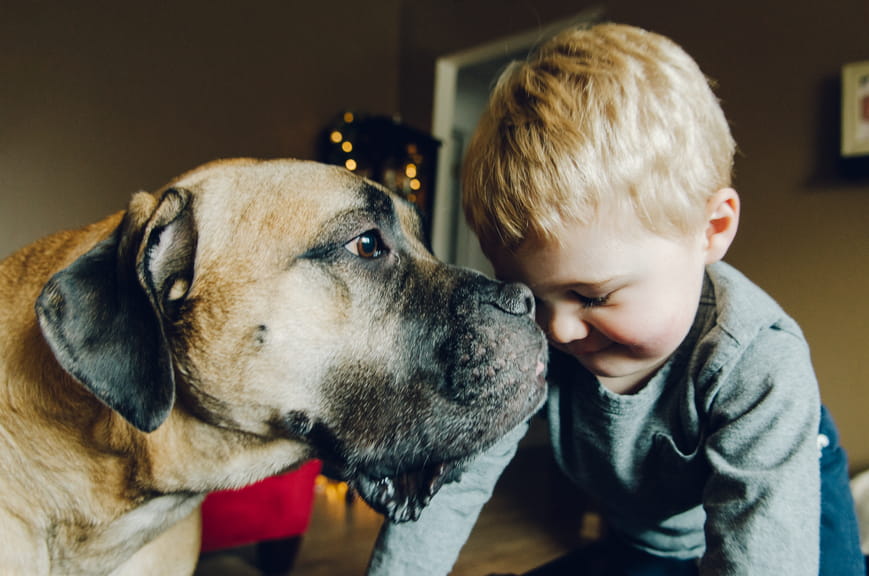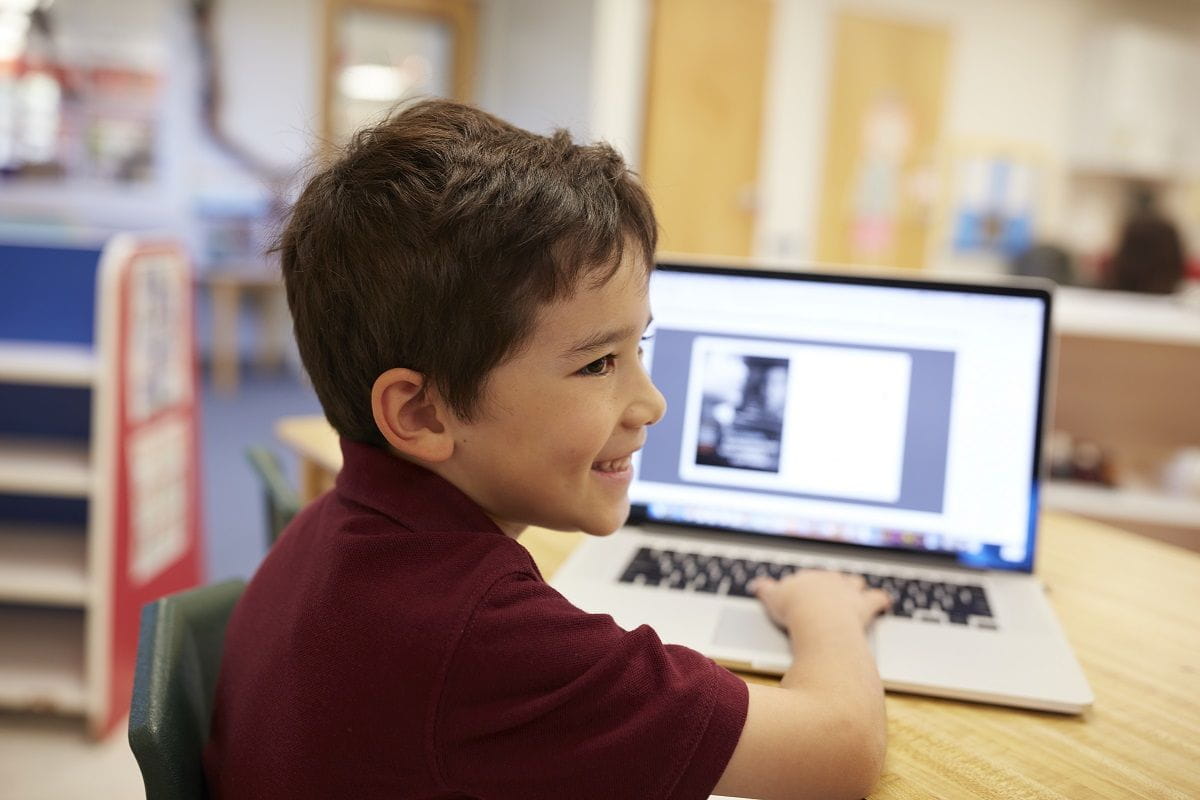Good Dog, Good Kid: Teaching Your Child Pet Safety
 Whether your kid runs with outstretched arms toward every “doggie” she sees or shies away from of anything on four legs, she should know how to interact respectfully with animals.
Whether your kid runs with outstretched arms toward every “doggie” she sees or shies away from of anything on four legs, she should know how to interact respectfully with animals.
All pets—no matter how sweet they appear—need to be treated gently and with kindness. Plus, there is a real safety lesson at hand: Even a fluffy little Pekingese can be unpredictable or bite when startled or frightened.
The experts at KidsHealth.org share some tips for staying safe around dogs, cats, and other animals (and we added a few ideas of our own).
1. Always ask the owner before you pet a dog.
Before you say hello to the dog, say hello to the owner. Explain to your child that it’s important to chat with owners first, because they know best whether it’s okay to pet an animal.
Owners also can tell you if the dog is a little shy, only likes belly pats, or is known to be a face licker. When a child sees you having polite conversations with owners, they’ll be more likely to model your behavior.
2. Even if a dog looks friendly, he might not be.
Some dogs feel very nervous around kids. And that’s okay. These are the dogs we can enjoy looking at, but can’t pet. Still, if your child is interested in the animal, try not to whisk him away as if the dog is a danger. At a comfortable distance, you can have a fun conversation about a dog.
Ask him about the size of the dog, the color of its leash, or what kind of dog it might be. Engage your child’s interest in animals.
3. Greet dogs slowly.
Once you get the go-ahead, teach your child to move slowly and give the pet space.
4. Let a dog sniff your hand before you pet.
The respectful way to meet a dog is to gently hold out a fist for the dog to sniff the top of it.
5. Learn to read dog body language.
If the dog backs away, tucks his tail between his legs, or tries to seek the protection of his owner, help your child read his body cues: “The dog is telling us he needs a little space right now. Let’s back up and give him some.”
6. If a dog has a treat or toy, give him space.
Dogs can become protective of items they consider theirs, such as food or special toys. Even though adults might safely play tug of war with the neighbor’s chow-chow, it’s important for kids to respect pets’ space when they’re eating or playing with toys or other dogs. Never try to take a toy or treat from a pet.
7. When giving treats, use a flat palm with the fingers held together.
When a dog is excited about a treat, it can be hard for them to tell the difference between a sausage-shaped treat and little fingers. Flat hand is best.
8. Never scream at or run away from a dog.
Dogs can be easily startled, so loud noises or sudden movements can trigger their defense mechanism or cause the dog get too rowdy to play safely. (While dog bites are a parent’s biggest fear, dog knockdowns are even more common.)
Running away from a dog also can trigger certain breeds’ prey drive. If your child has a hard time controlling his exuberance or reactions around dogs, it may be best to wait until he is older to let him interact with animals.
9. Always supervise kids around pets.
As a matter of safety, pets shouldn’t be left alone with children under the age of five, because little ones (and dogs) are still unpredictable. Adult supervision keeps everyone and every dog happy and safe!
10. Dogs are good teachers.
Even if you’re not a dog-lover yourself, kindness is a quality we all can value as parents. Teaching your child how to interact with dogs, which are all around us, can teach children a lot about respect for all living things—animals, people, and even the planet.





